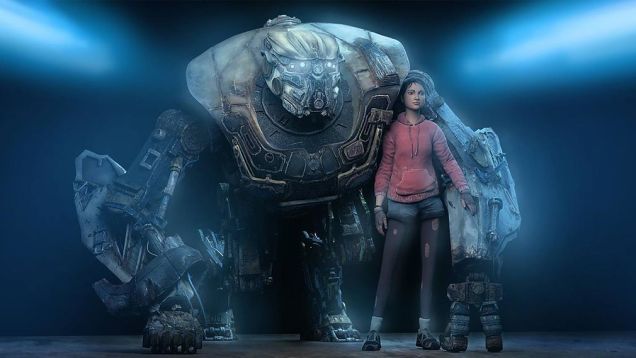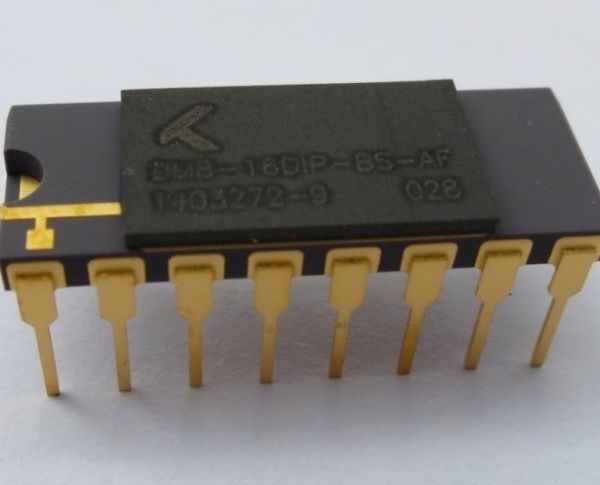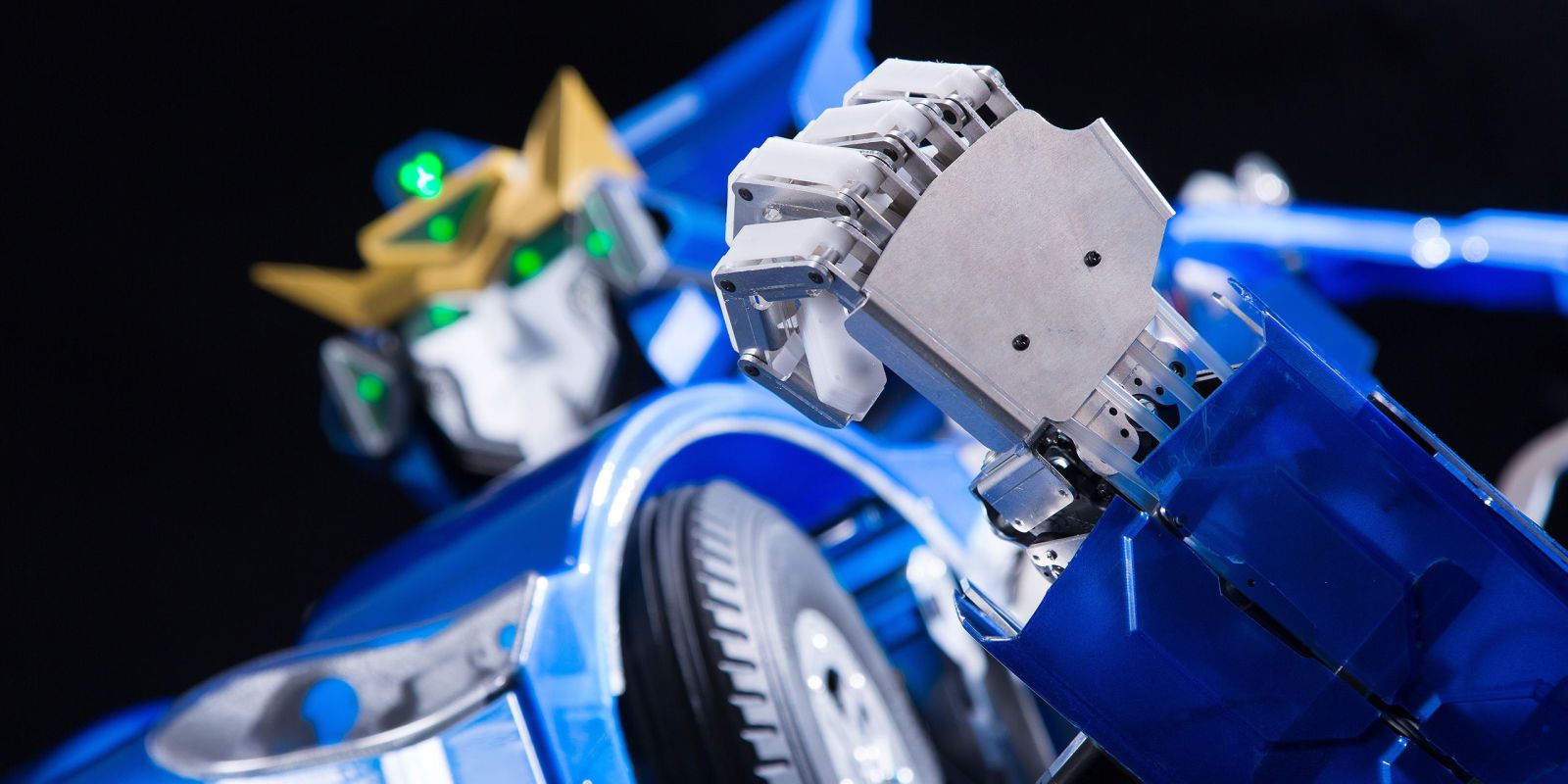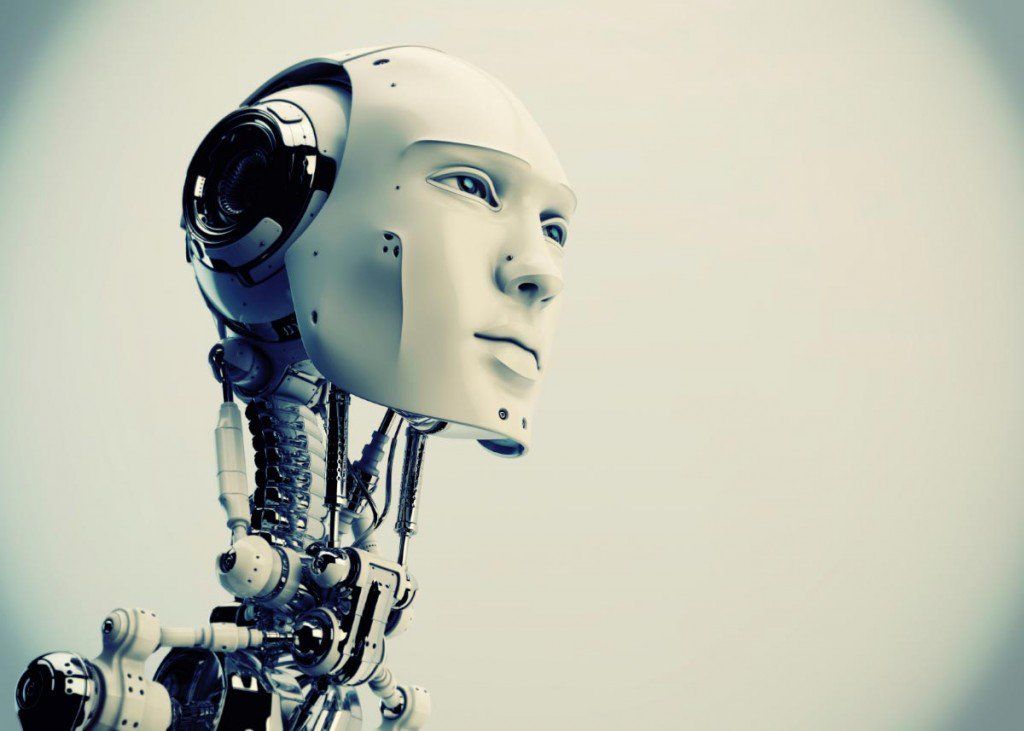One day, all that internet fan fiction could be put to good use.



No-A is a short student film directed by Liam Murphy. In it, a hulking robot risks everything to save its creator from an army of faceless soldiers. It’s a really neat CGI film with some really outstanding designs in it.
Overall, this feels like a bit of a sliver from a much larger story, and I hope that the creators and production team will add onto the story and continue it in another short film or maybe a longer feature. It seems like there’s a lot more story to uncover.

Today, Toyota announced that it has hired Gill Pratt to drive its autonomous car research. Pratt is best known in this field for his work at DARPA and MIT, including starting the Robotics Challenge. The company is also investing $50 million in the research over the next five years as well as partnering with MIT and Stanford.
Pratt has spent the past five years with DARPA, and laid out what’s important for Toyota at an event in Palo Alto today: “Our long-term goal is to make a car that is never responsible for a crash.”
Pratt will serve as Toyota’s “Executive Technical Advisor” on the research.

A small, Santa Fe, New Mexico-based company called Knowm claims it will soon begin commercializing a state-of-the-art technique for building computing chips that learn. Other companies, including HP HPQ and IBM IBM, have already invested in developing these so-called brain-based chips, but Knowm says it has just achieved a major technological breakthrough that it should be able to push into production hopefully within a few years.
The basis for Knowm’s work is a piece of hardware called a memristor, which functions (warning: oversimplification coming) by mimicking synapses in the brain. Rather than committing certain information to a software program and traditional computing memory, memristors are able to “learn” by strengthening the electrical charge between two resistors (the “ristor” part of memristor) much like synapses strengthen connections between commonly used neurons in the brain.
Done correctly—and this is the result that HP and IBM are after—memristors can make computer chips much smarter, but also very energy efficient. That could mean data centers that don’t use as much energy as small towns, as well as more viable robotics, driverless cars, and other autonomous devices. Alex Nugent, Knowm’s founder and CEO, says memristors—especially the ones his company is working on—offer “a massive leap in efficiency” over traditional CPUs, GPUs, and other hardware now used to power artificial intelligence workloads.


Nanotechnology and 3-D printing are two fields that have huge potential in general, but manipulating this technology and using it in biology also has tremendous and exciting prospects. In a promising prototype, scientists have created micro-robots shaped like fish which are thinner than a human hair, and can be used to remove toxins, sense environments or deliver drugs to specific tissue.
These tiny fish were formed using a high resolution 3-D printing technology directed with UV light, and are essentially aquatic themed sensing, delivery packages. Platinum particles that react with hydrogen peroxide push the fish forward, and iron oxide at the head of the fish can be steered by magnets; both enabling control of where they ‘swim’ off to. And there you have it — a simple, tiny machine that can be customised for various medical tasks.
In a test of concept, researchers attached polydiacetylene (PDA) nanoparticles to the body, which binds with certain toxins and fluoresces in the red spectrum. When these fish entered an environment containing these toxins, they did indeed fluoresce and neutralised the compounds.

Optimus sublime.
Mark Pollock and trainer Simon O’Donnell (credit: Mark Pollock)
A 39-year-old man who had been completely paralyzed for four years was able to voluntarily control his leg muscles and take thousands of steps in a “robotic exoskeleton” device during five days of training, and for two weeks afterward, UCLA scientists report.
This is the first time that a person with chronic, complete paralysis has regained enough voluntary control to actively work with a robotic device designed to enhance mobility.

Scary conversation with an AI
These days, robots are being developed with some absolutely amazing technology. Indeed, robotics technology has become so impressive that the notion of the whole Terminator scenario (robots taking control of the human race) becoming our reality is starting to seem a lot less far-fetched. Not only are they beginning to look incredibly realistic, they are starting to develop the capacity to think for themselves as well.
A prime example of these new and improved robots is an android that was created by roboticist David Hanson; this android closely resembles the late, great science fiction writer, Philip K. Dick, the author of many popular films including: Bladerunner, Totall Recall, Minority Report, and Paycheck.